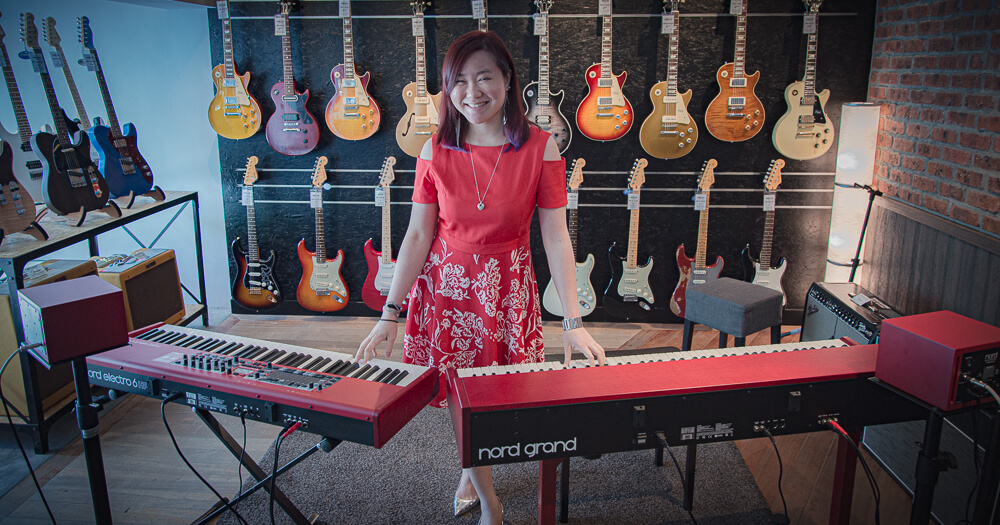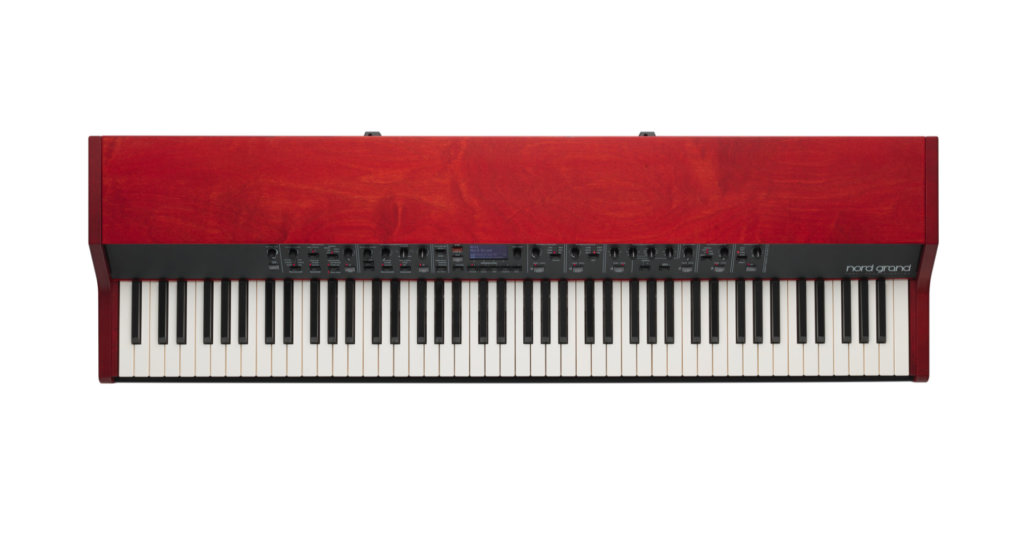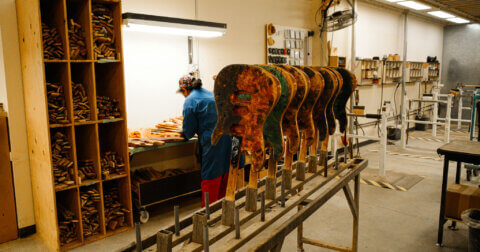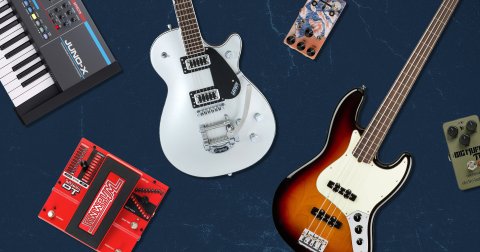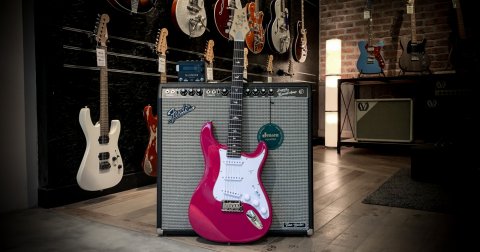If you have been paying close attention to the local and international music scene over the past few years, you might have noticed Shereen Cheong making some pretty substantial waves. Based in New York, Shereen is graduate of the prestigious Berklee College of Music and currently wears multiple hats as a pianist, composer, arranger and producer.
She has done orchestration for world-renowned artists including Wang Lee Hom, Kaki King, Chelsey Green and Pablo Ziegler. As a keyboardist, she has toured extensively with Victory Boyd, co-headlining with Gregory Porter, and opening up for Lauren Daigle and Kamasi Washington. She has also performed at Bonnaroo Music & Arts Festival, ESSENCE Music Festival and LEAF Music Festival, and appeared on ABC’s Good Morning America Live Show and radio station Sirius XM Heart & Soul.
We managed to snag an interview with Shereen, where she shared insights on music composition and balancing sonic soundscapes. In our time together, she even played us a few tunes and taught us some new things. Let’s jump right in!
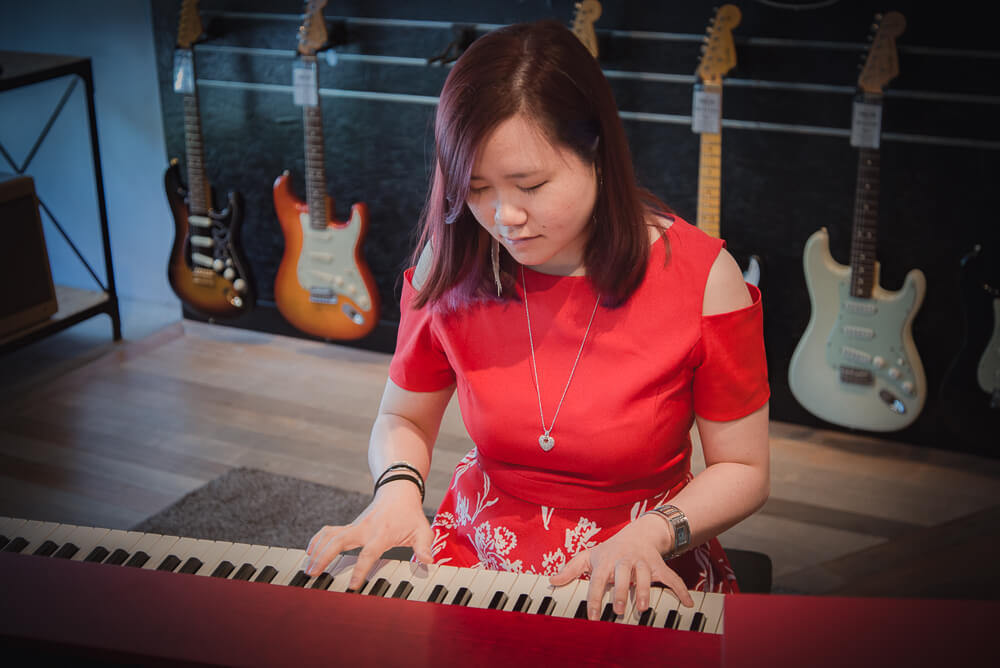
So what is the most important thing for a musician to have?
Well the short answer is versatility.
That is pretty much key in my line of work. Understanding different sounds, incorporating them and making them your own is basically the cliff notes version of it.
As for the longer version – in this line of work you have to have robust passion for music. Nothing great in this world has ever been accomplished without a desire to do to it. You have to love what you do in order to achieve the best results.
That being said, it is important to know what style of music and the kind of sound that you resonate with the most. It varies from one person to another of course, and it is totally okay to love more than one particular genre or specific kind of sound.
I strongly believe that versatility is key in the music industry, as it has always been, especially in the contemporary music world. The more versatile you are as a musician, the higher chance you have of getting hired as a performer or a session musician. The more you know, understand and have at your fingertips, the better you get at your playing because that is when you begin to understand yourself and find your own way of expressing yourself across different genres of music while embracing your own sound.
To me, having your own sound means showing your true personality in your playing while respecting the idiom of the genre, and playing from your heart with pure honesty and genuineness. And of course, I personally believe that this process is a lifelong pursuit for most, if not, all musicians because there will be different seasons in our lives where our musical tastes will shift.
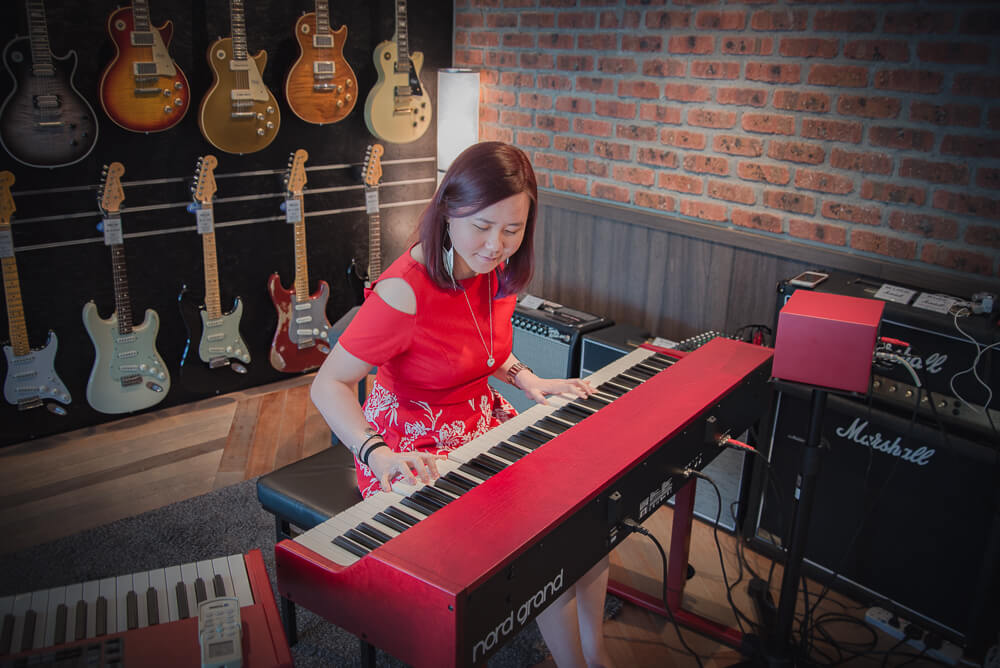
There are two different types of musicians in the professional world: the accompanying musician and the performing artist. For me, I have always considered myself to be more of an accompanying musician than a solo act because I love playing behind an artist very much, especially behind a singer. I enjoy listening to many different kinds of music from gospel, jazz, R&B, hip-hop, neo soul, pop, orchestral, house to EDM music.
I love Lyle Mays’ touch, tone and feel on the piano, Bill Evans’ dream-like harmonic progressions and chord voicings, the subtle in-between elements of beauty and embellishments in gospel piano, as well as Robert Glasper’s feel and tone on the piano, to name a few. I pick up from different sounds that I have heard overtime subconsciously and incorporate them into my own playing to make them my own. Depending on the song, I would play with my own interpretation and taste to suit the style of the music.
In order to illustrate her point, Shereen demonstrated five different examples to illustrate her musical approach in different scenarios.
1. Accompanying a singer on the piano without a full band (ballad)
I love writing, arranging and producing music as much as I love playing music. So when I am accompanying the singer on the piano all by myself, I would like to think of myself as the entire orchestra supporting him or her. The range of the entire orchestra can be played by the piano.
In Video 1, I demonstrated accompanying the singer on the piano without a full band on an original entitled “Imaginasi”, a ballad written by a local singer named Jamilah Abu Bakar and myself. Personally, I love gospel piano with all my heart because of all the subtle yet extremely beautiful embellishments and colors. I strive to be as melodious as I can be to support the singer. The singer needs to feel good and supported by his or her accompanist. You need to understand your role here well in order to enhance the singer and give him or her not only the rhythmic and harmonic support, but also space to allow the singer to breathe and express well between phrases.
2. Accompanying a singer on the piano with a full band and arrangements (ballad)
In the second video, I demonstrated playing on the same song “Imaginasi” with a full band and arrangements this time. Again, I strive to be as melodious as I can be but also to flow more with the band this time. The key is not to overplay. Your job is to enhance the singer along with other band members. Be a teamplayer and have respect for other band members too. Give them space to do their part in the performance of the music as well. Play as though you were singing on the piano and flow like an arc. Less is more!
3. Accompanying a singer on the keyboard with a full band (mid-tempo groove)
The third video demonstrates how to play on top of a mid-tempo groove-oriented type of track. It is important to keep a consistent comping rhythmic pattern within the groove. Here is a comping pattern idea over a demo track entitled “Free”, written by myself and Devin Johnson. This original will be released on my upcoming EP in the next year.
4. Playing as a solo act – performing artist
In this setting, you are the artist. In most if not all cases, you would have to take the melody and know how to accompany yourself. Your touch on the piano is very important because how you control your touch on the piano will really affect your tone on the instrument. The better you are at controlling your touch on the piano, the more sophisticated your sound is on the instrument.
The fourth video shows me playing an original composition entitled “Bliss” (without a full band).
5. Taking a simple, common melody and making it your own
There are endless possibilities when it comes to harmony. Every song uses a simple and common chord progression, but there are also other chord progressions and movements to reharmonize and make the song more interesting harmonically. Depending on what your ears gravitate towards more, every musician has a different way of hearing their own harmonic choices over a simple, common melody like the song “Happy Birthday”, each unique on its own. This ability to hear only gets better with time and countless hours of listening and understanding different styles of music.
In the fifth video, I played the original chord progressions of “Happy Birthday”.
And in the sixth video, I reharmonized the song to add more musical taste to it and make it my own. There are endless possibilities to reharmonize the song. It only boils down to what you are able to hear and what your personal preferences are.
If you are interested in keeping up to date with Shereen, you can follow her on Instagram @scheongmusic. If you’re interested about the work she does you can also follow her on her website here. She’s also working on an EP so stay tuned for that in the coming year!
All of the sounds that you are hearing on the video are made using a Nord Grand and Nord Electro 6HP.
Nord Grand
Nord Electro 6HP
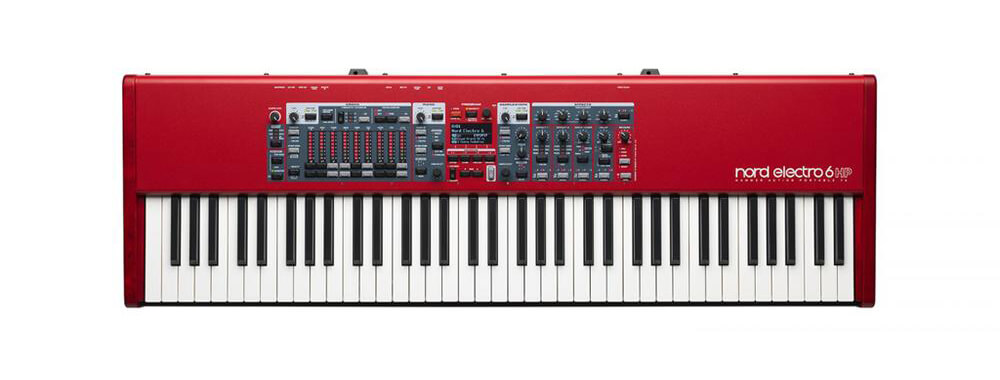
They were recorded straight into our audio interface and you’re hearing them as they are. Check out our selection of Nords right here!
